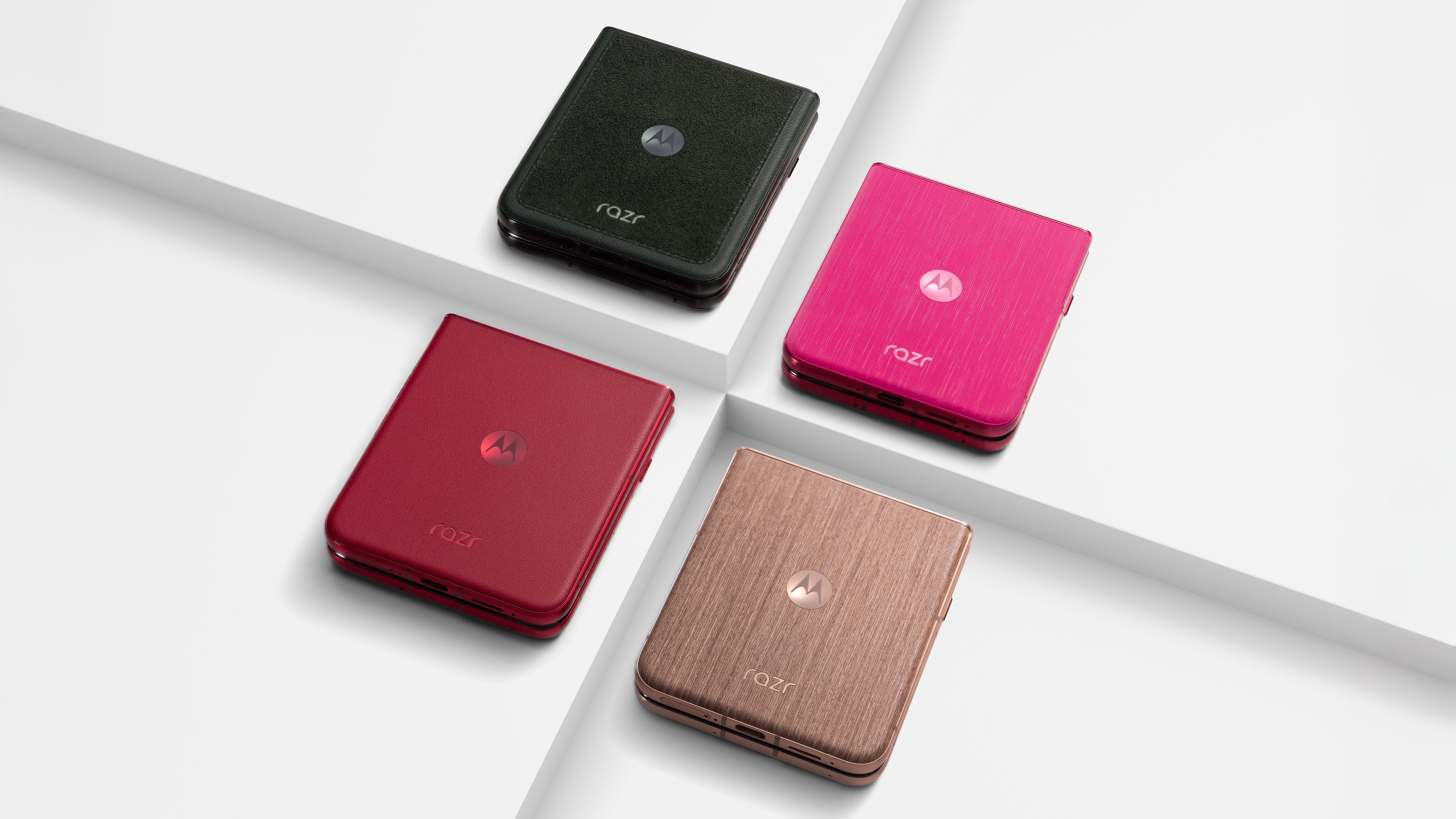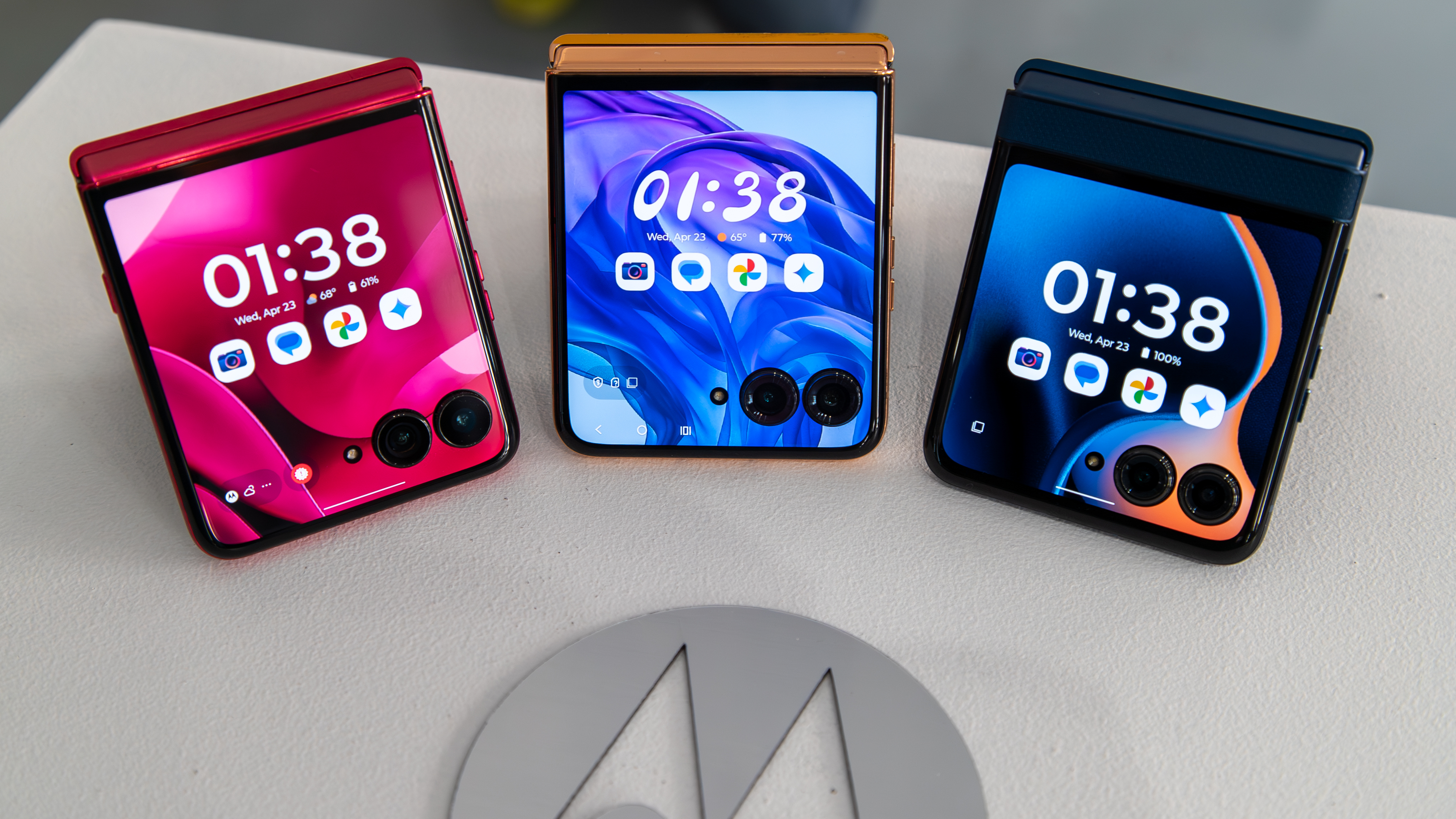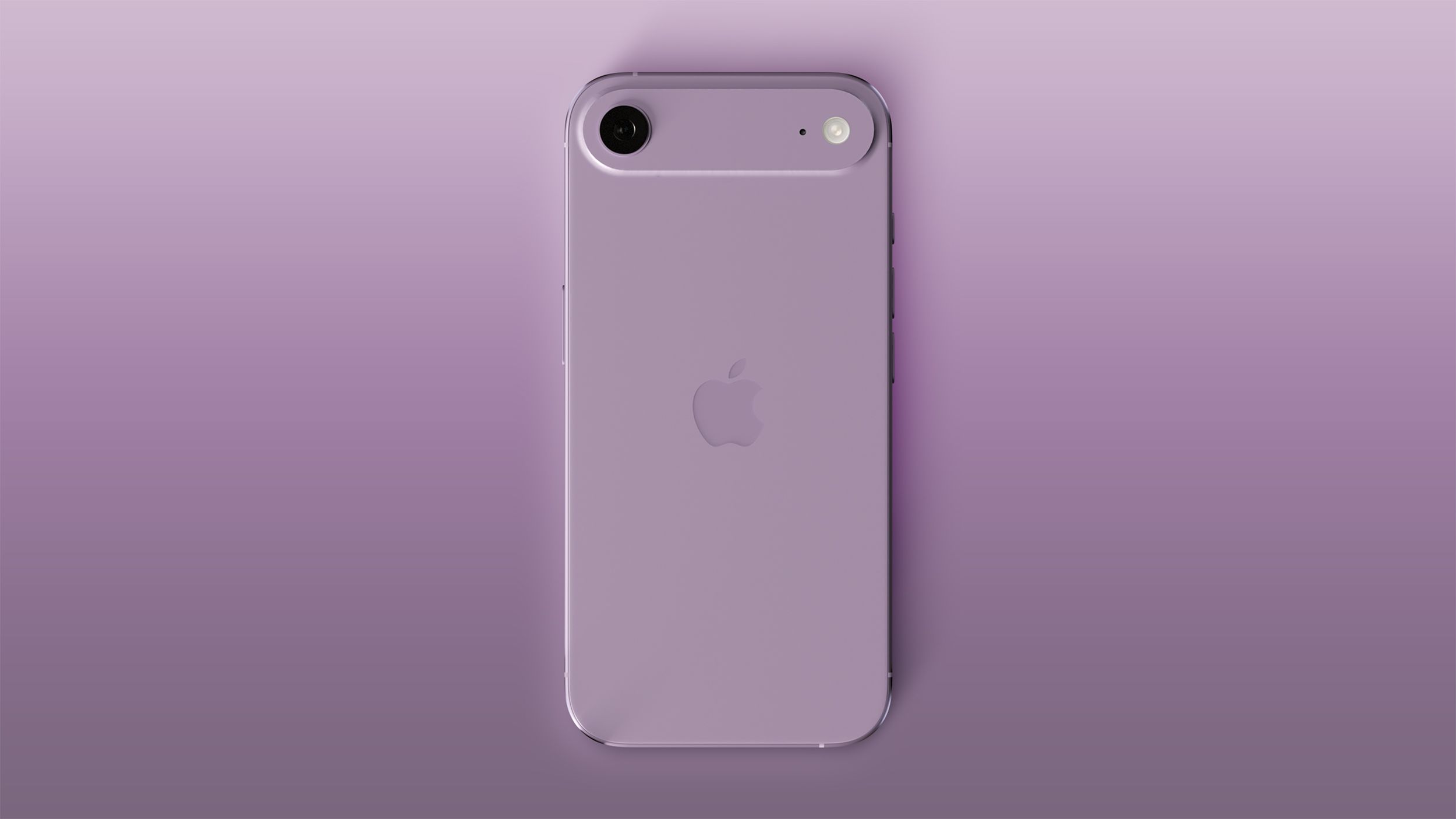Apple's Health Innovations: A Look at the Evolution of the Apple Watch

Every year, Apple introduces a standout health feature in its Apple Watch lineup, which has progressively evolved since its inception. From the ability to measure VO2 Max on the Series 3 to the introduction of the ECG sensor on the Series 4, and now the sleep apnea notifications available on the Series 10, Apple has consistently aimed to enhance user health through technology. In an interview with WIRED last year, CEO Tim Cook boldly stated, If you zoom out way into the future, and you look back and ask what Apples biggest contribution was, it will be in the health area.
This statement underscores Apple's ambition in the health sector, particularly as it navigates challenges such as a patent dispute with medical technology firm Masimo, which has resulted in the absence of blood oxygen monitoring features on the latest Series 10 and Watch Ultra 2. For some time now, Apple has been conducting research into revolutionary features that could significantly benefit individuals with chronic health conditions. These ambitions include potentially life-changing capabilities like noninvasive blood glucose monitoring for diabetics and blood pressure measurement for those suffering from hypertension. Yet, despite their promise, these innovations have not yet come to fruition.
Currently, Apple is working on an AI-assisted comprehensive health service that lags behind offerings from competitors like Oura, Whoop, and Garmin. Imagine a future where you could simply take a picture of your meal using the Watch Ultra and upload it to the Health app, similar to the Meals feature available on the Oura Ring 4. However, as it stands, the Apple Watch lacks a built-in camera, and the company's Visual Intelligence technology is still largely confined to the capabilities of the iPhone 16. Nonetheless, this vision seems increasingly attainable.
Notably, the Apple Watchs design and widespread use have led to numerous life-saving incidents, with features such as the ECG monitoring alerting users to irregular heart rhythms and the emergency service call function being activated when the watch detects a serious fall or car crash. Personally, I have a vivid memory of the watchs relevance during my own health scare; before the blood oxygen monitoring feature was temporarily removed, it alerted me to an alarming blood oxygen level of 84 percent during my battle with pneumonia, prompting me to seek urgent medical care.
Despite not always being the first to market with a new health feature, Apple has established itself as a reliable innovator. As noted by expert Naranjo, Apple often plays the role of a 'fast follower,' ensuring that the features they offer are not only new but also effective. Apple owners are very patient when it comes to Apple, he explains, emphasizing that users have come to trust the companys commitment to delivering near-perfect solutions.
Research supports this notion, revealing that in 2022, nearly 80 percent of Apple iPhone owners also owned an Apple Watch, which made up a whopping 56 percent of smartwatch sales in the North American market. More importantly, surveys indicate a high level of satisfaction among Apple Watch users, attributed to the seamless integration within Apples ecosystem. The interface of the watch is intuitive and easy to navigate, providing a user-friendly experience that remains enjoyable even after years of use. Personally, I still find joy in using the digital crown to navigate through the devices menusan efficient way to manage the watch without obstructing the view with my fingers.


























